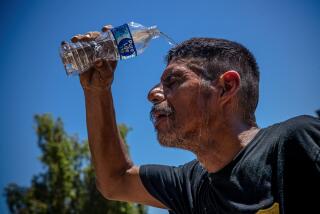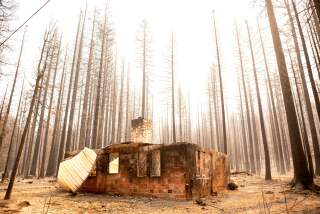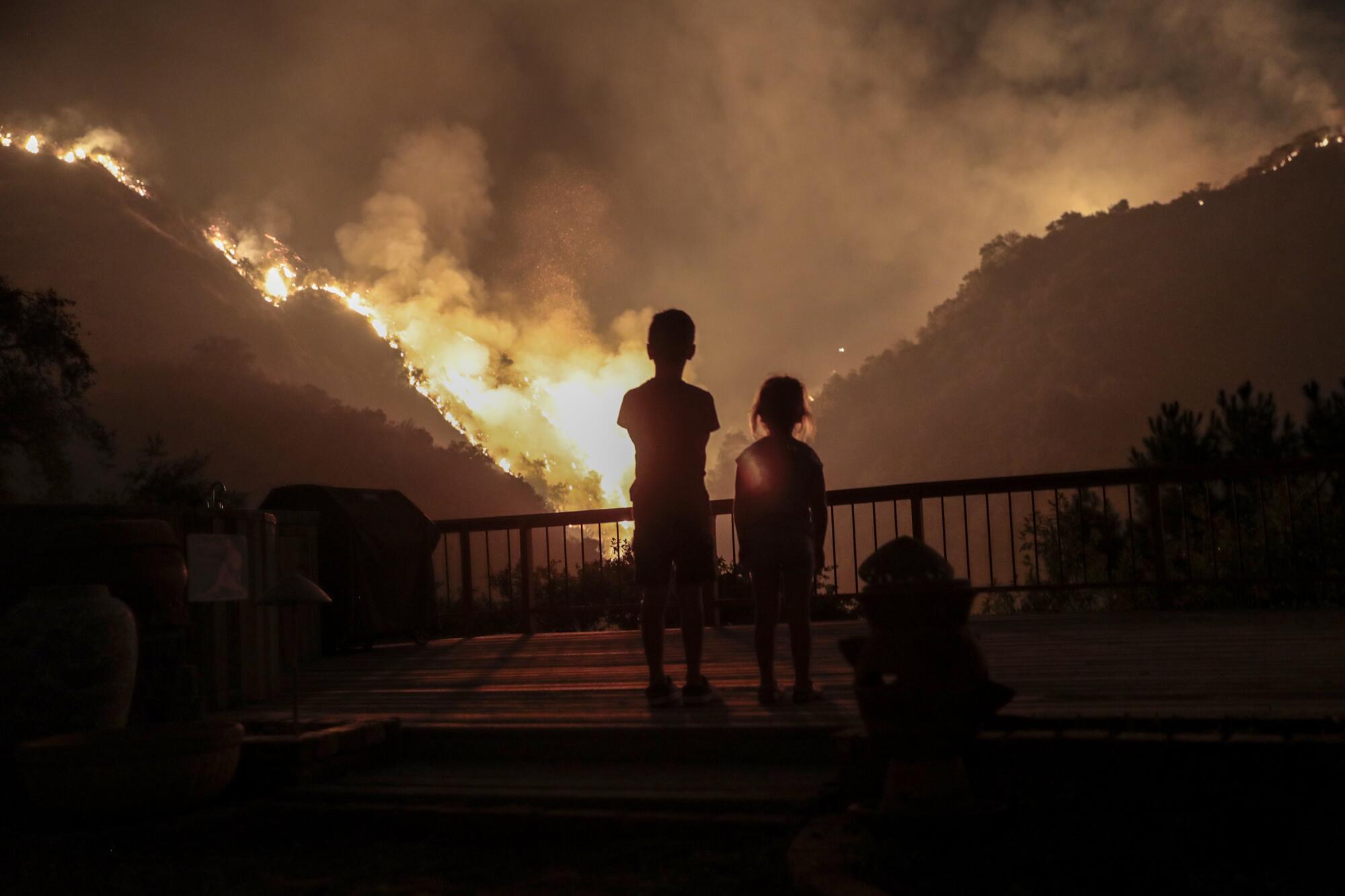
- Share via
In California, 2020 would have gone down as an apocalyptic year even without COVID. It was the year when it became impossible to ignore that climate change is here, it’s accelerating, and it’s dramatically altering California in myriad ways.
High-temperature marks were shattered, with Death Valley hitting 130 degrees in August and Woodland Hills recording 121 in September.
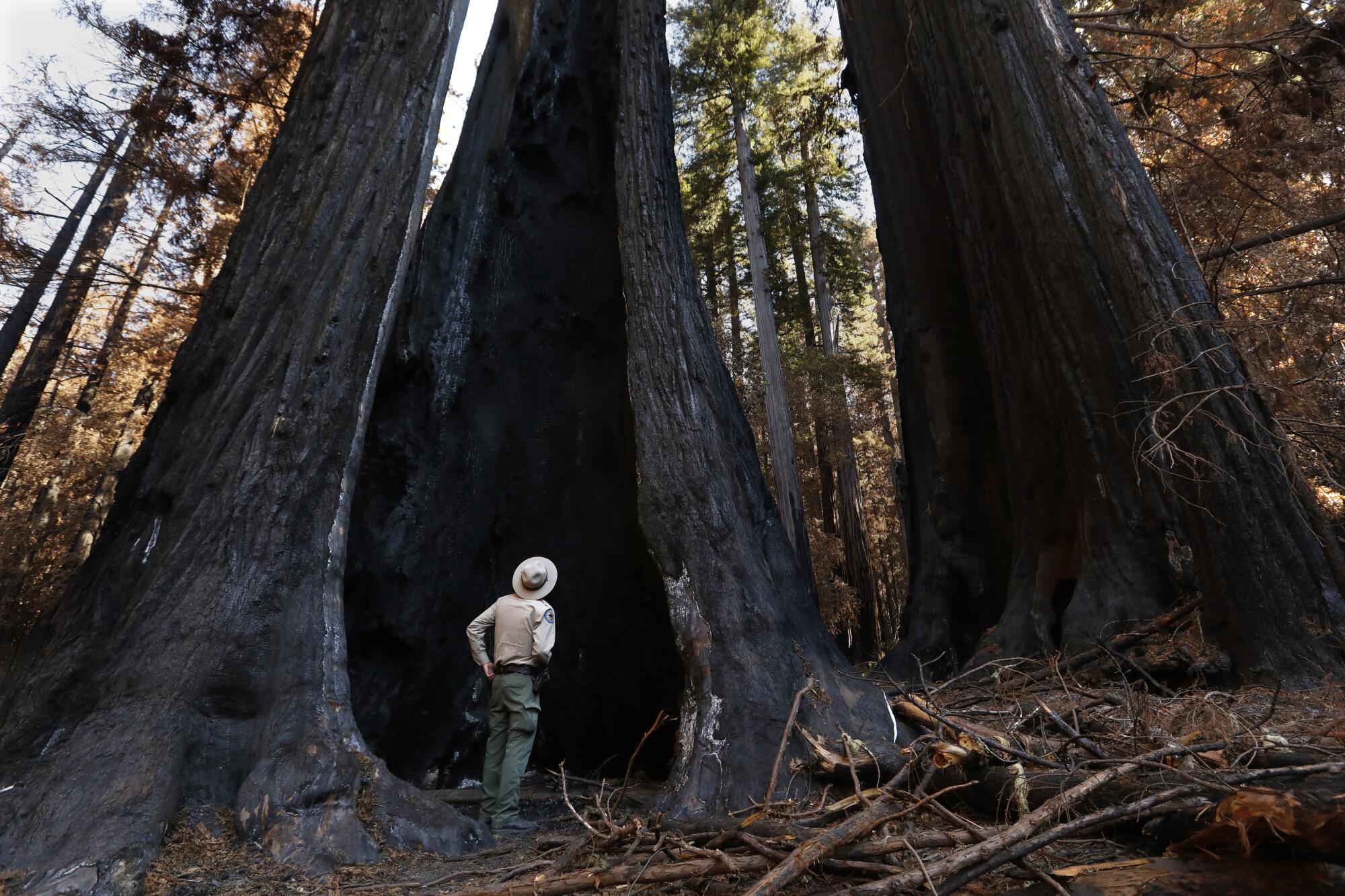
Some of the largest fires in state history torched more than 4 million acres, and exasperated firefighters said they’d never seen monstrous, destructive events like these.
Thousands fled their homes, power outages turned out the lights, wicked winds blasted across the state and visibility plummeted as skies were poisoned with thick, orange smog and smoke, forcing millions of people to take cover indoors.
This is the state I grew up in and love; a state that in my remaining years may become less recognizable. Sea level rise threatens coastal communities, putting their multibillion-dollar economies — and our natural treasure — in jeopardy.
The Year in Review
Two years ago in the Santa Cruz Mountains I visited Big Basin’s ancient redwood giants in California’s first state park. This year, the park was virtually destroyed by fire after lightning strikes by the thousands struck the Bay Area. Forests burn and grow back; they always have. But this majestic, shaded oasis took centuries to become what it was, and climate change may prevent it from ever becoming that again.
Man has become nature’s worst enemy.
“We’ve seen this long freight train barreling down on us for decades,” said Michael Gerrard, director of the Sabin Center for Climate Change Law at Columbia University, “and now the locomotive is on top of us, with no caboose in sight.”
Average summer temperatures in California have risen by 2.5 degrees since the 1970s, and droughts threaten water supplies throughout the state. A Stanford University study found that the number of days of extreme wildfire weather has doubled since the 1980s.
Even those who weren’t sure of a connection between human activity and climate change have been swayed, including Pacific Gas and Electric marine meteorologist John Lindsey, who used to be something of a doubter on climate issues.
“With the way greenhouse gases are increasing, in my mind, there’s no doubt that we’re causing this,” Lindsey told The Times. “So I’m concerned about the future. And that’s somebody who’s very skeptical.”
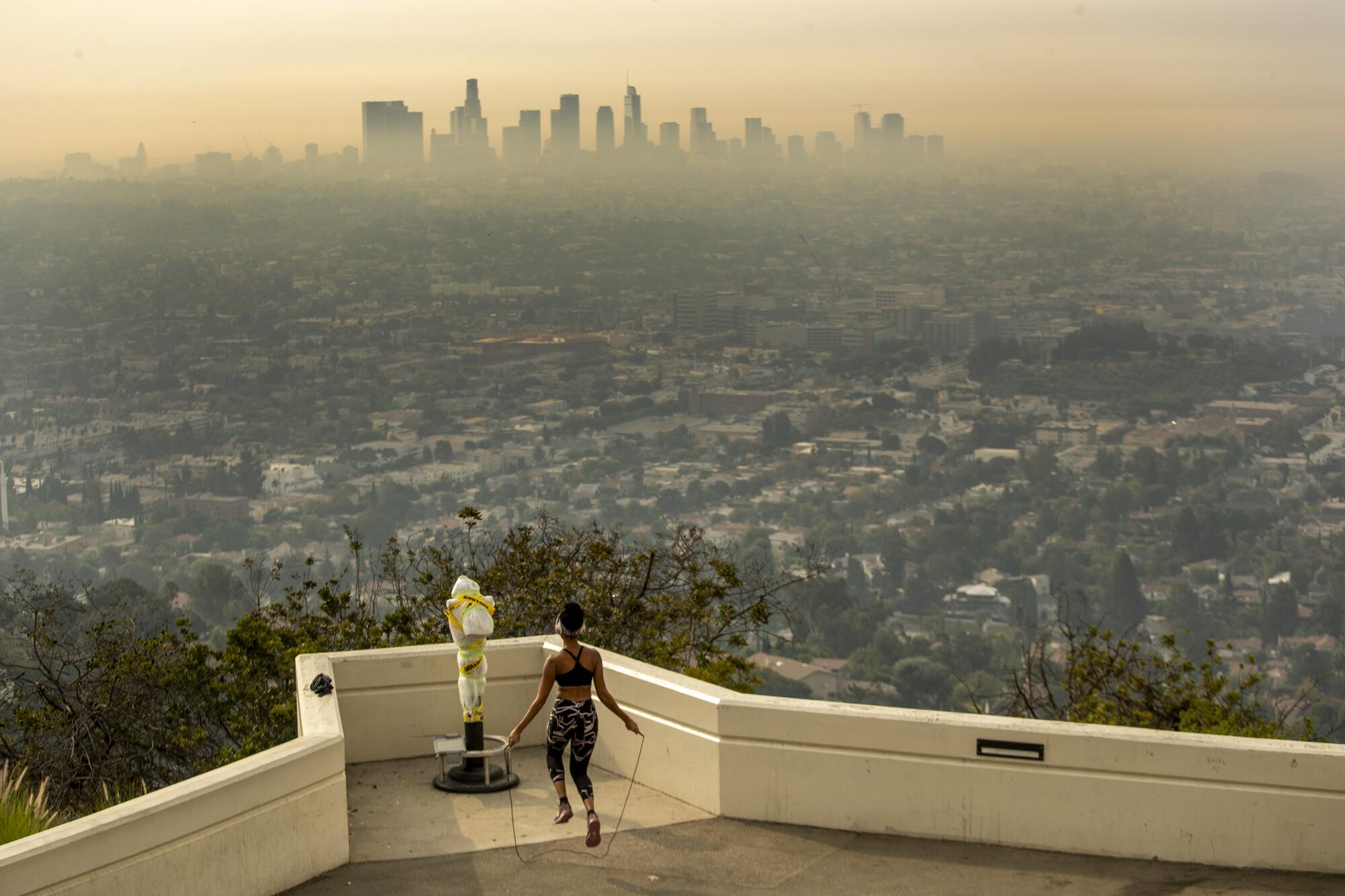
The signs of change are not all as obvious as a wind-driven wildfire, a 100-degree record high in once reliably cool San Francisco, or a string of days so blisteringly hot that grapes wither on the vine.
Warming ocean temperatures have resulted in fewer days of fog, posing a threat to coastal redwoods and forcing many winemakers to consider abandoning the state’s most well-known grapes, cabernet sauvignon and chardonnay, switching instead to more heat-resistant grapes common to the driest regions of southern Europe.
Marine biologists, meanwhile, continue to track the migration of young great white sharks to places ever farther north, including to the Monterey Bay, which used to be too cold for the juveniles. And off the coast of Baja California, extreme hot spots are sucking warm, moist air from the south and pumping it north to Southern California, where humidity and mosquitoes have become an unwelcome part of the summer experience.
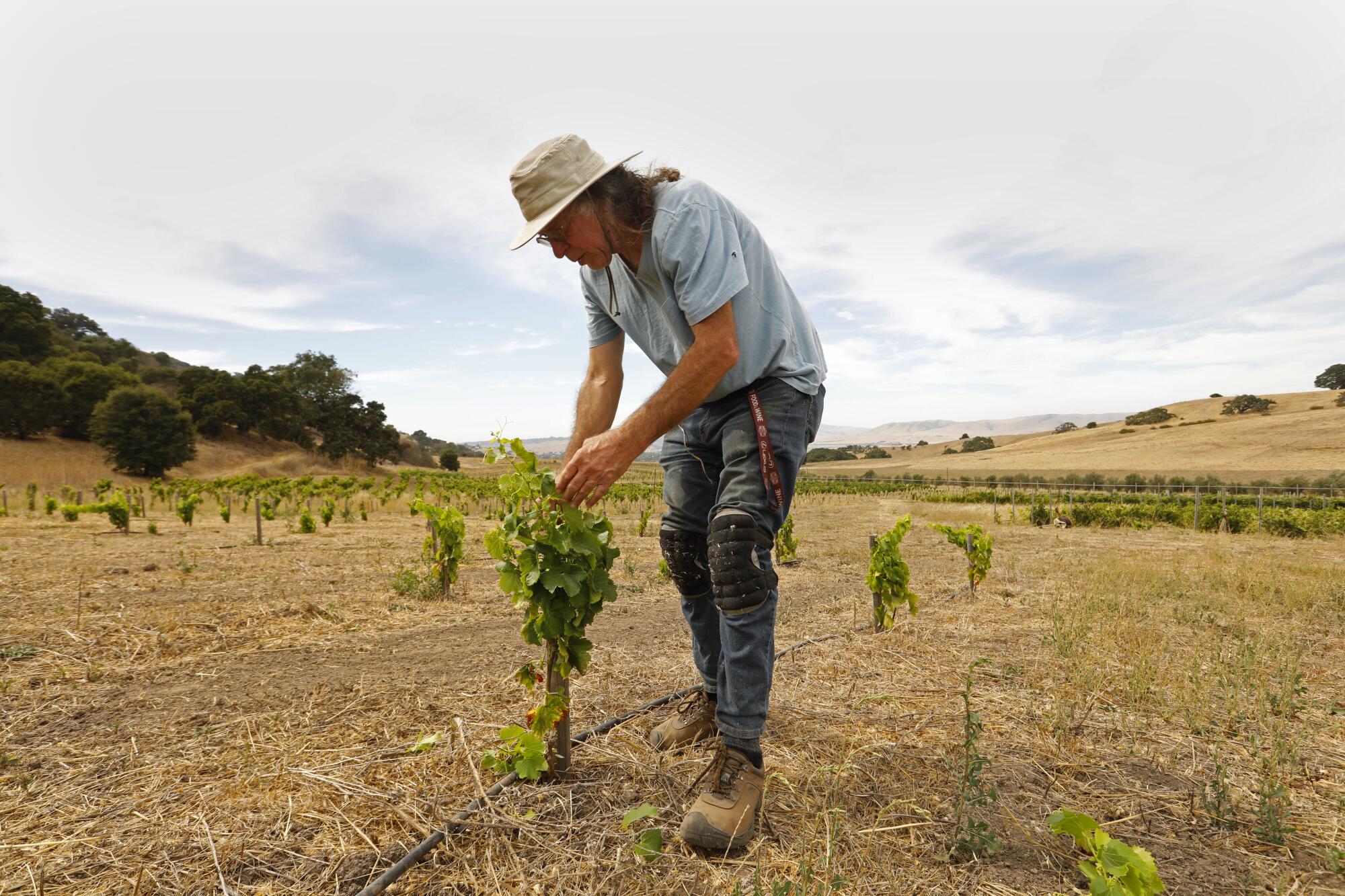
One of the most frightening aspects of what we are witnessing is that the worst is likely still to come.
“Without aggressive reduction of greenhouse gases, forests in Northern California, Oregon and Washington could experience an increase of more than 78% in area burned by 2050,” three scientists wrote in a Scientific American piece published in October. “It’s almost unfathomable to imagine a situation in which the 2020 wildfire season becomes a regular occurrence or even a mild year, but that’s exactly what could happen in our future.”
In September, Gov. Gavin Newsom stood among charred trees in Northern California and said we are witnessing a “climate damn emergency.”
And we are. It’s an emergency so urgent, it demands we do better at managing wildlands and be smarter about where and how we build. It demands that we rapidly and immediately accelerate the move toward renewable sources of fuel and examine our own consciences about the energy we burn and the vehicles we drive.
But we’ve known that for many years, and even in a state that has in some ways been a leader on climate change, we’re still better at talking about the problem than deciding that we have to do more — much more — or what we’ve witnessed in 2020 will one day seem absolutely normal.
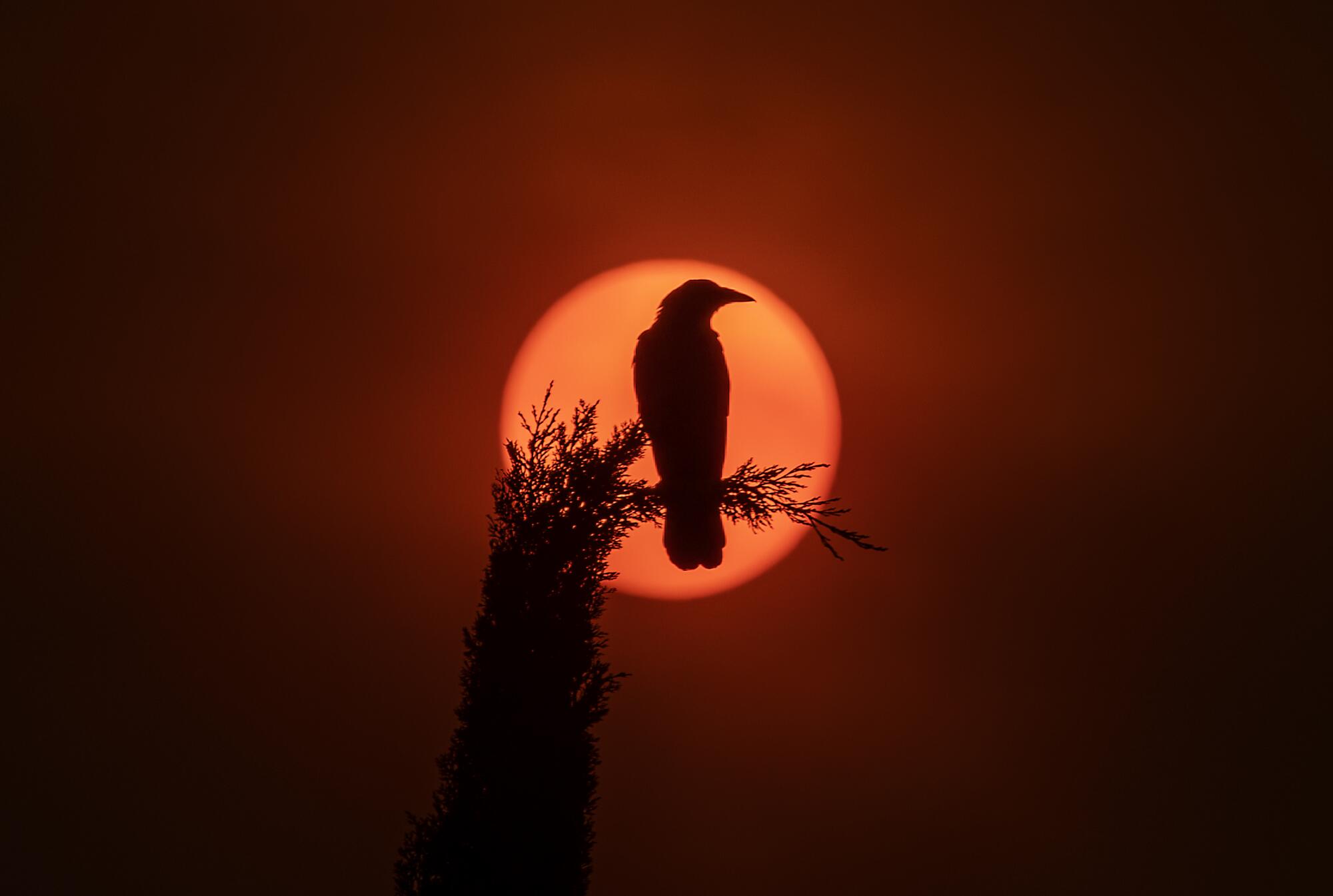
More to Read
Sign up for Essential California
The most important California stories and recommendations in your inbox every morning.
You may occasionally receive promotional content from the Los Angeles Times.


